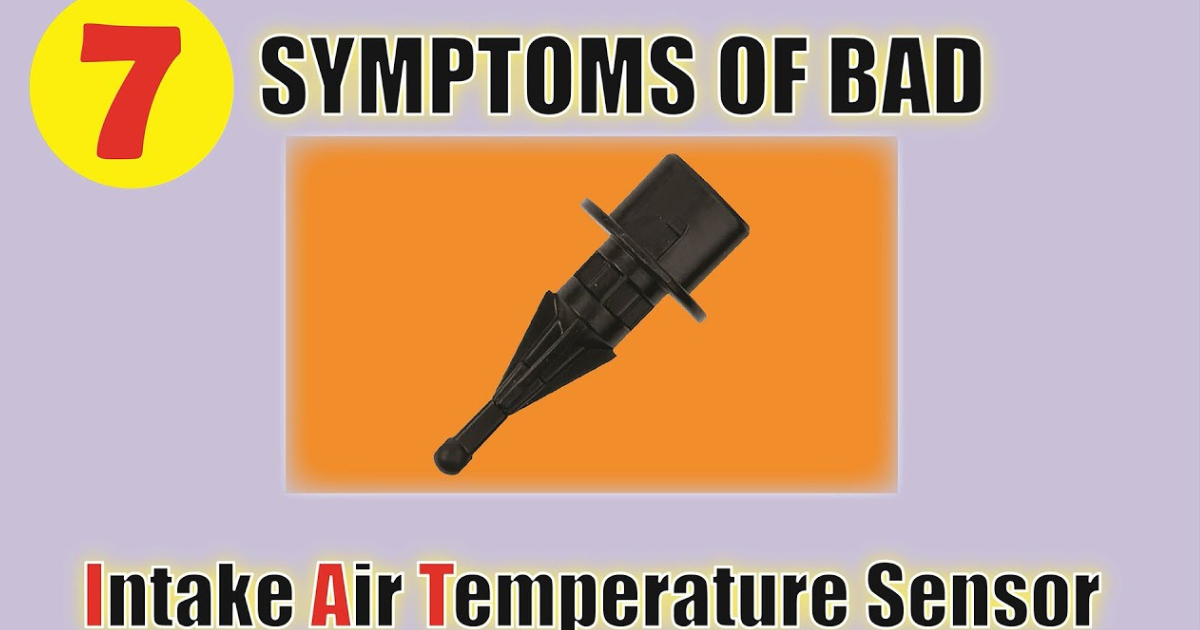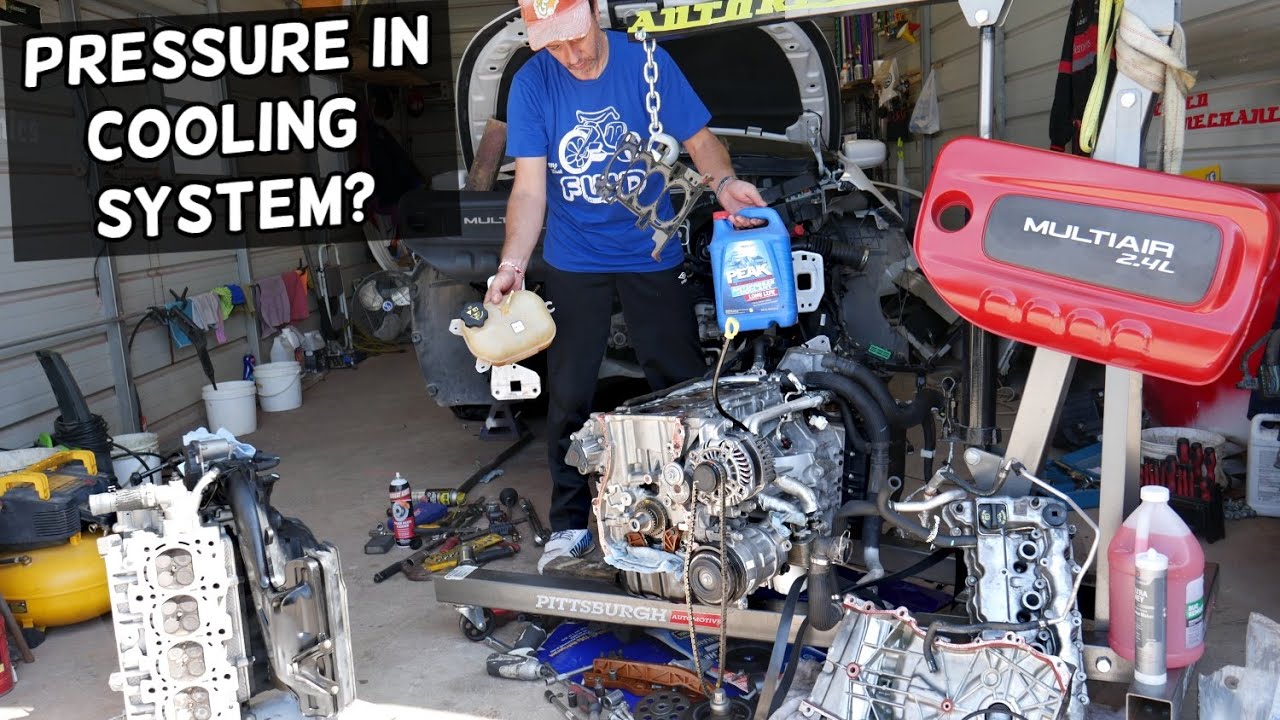The engine of any car is a complex mechanism that relies on a number of interdependent systems to provide peak performance. When these parts and systems break down over time, it impacts how well the engine runs as a whole.
Signs and symptoms of the intake air temperature sensor
When the intake air temperature sensor isn’t up to snuff, it will lead to a number of performance problems and the dashboard check engine light to come on.

Warning light comes on
All of a vehicle’s system activities are monitored by the car computer. The dashboard’s check engine light will come on if there’s a problem with any system or sensor. The driver will be alerted to any systemic problems by means of the engine warning light.
Drilling down
Motor vehicles ought to idle with utmost smoothness. If the engine is idling rough, it means that something is wrong with one or more of its systems. An incorrect air-fuel mixture ratio could be the result of a malfunctioning IAT sensor.
Reduced gas efficiency
For optimal gas mileage, the engine control unit is always adjusting the air-fuel combination. But here’s the rub: the MAP, IAT, and MAF sensors are just a few of the many that the ECU uses to fine-tune the air-fuel ratio.
Unexpected engine failure
When the intake air temperature is too high, a BMW engine could misfire. Misfiring occurs when the combustion chamber’s air-fuel combination is incorrect. Once again, there are a number of potential causes of engine misfiring. It can be due to fuel injectors, defective IAT sensors, poor spark plug wires, defective spark plugs, etc.
Low speed capability
If the IAT sensor is malfunctioning, the powertrain control module will incorrectly interpret the air temperature as being lower or higher than its actual value. The PCM’s incorrect estimation of the air-fuel mixture will cause acceleration to be subpar or even decrease.
It’s hard to start in cold weather.
During the start-up process, your car actually requires more fuel than usual. More gasoline, the right kind of fuel, is required. You can have trouble starting the vehicle, particularly in cold weather, if the computer injects an excessive amount of fuel during beginning due to a defective IAT sensor.
Decrease in Acceleration
The engine control module can misread the air temperature going into the engine if the intake temperature sensor isn’t working properly. A decrease in acceleration could be the consequence of the PCM miscalculating the air and fuel mixture due to a faulty signal.
How to Fix Problems With The Intake Air Temperature Sensor
If the IAT sensor turns out to be defective after testing, you can either clean it or get a new one. Nonetheless, you should get a new one. Switching it out is a breeze.
- Let the engine cool down after turning it off.
- Take the battery’s negative terminal off.
- Remove the wire harness from the IAT sensor.
- To remove the IAT sensor, carefully lift it out of the intake duct or unscrew it from its intake manifold mounting.
- Put the replacement IAT sensor in and hook up the wires.
- Tighten the negative battery terminal to the correct torque.

Conclusion
An important part of the engine’s overall performance is the intake air temperature (IAT) sensor. If you encounter any issues with the intake air temperature sensor, it is crucial to address them promptly to ensure optimal engine performance and efficiency.
You can either take it to a professional mechanic or use the methods outlined in this article to diagnose and repair it.





